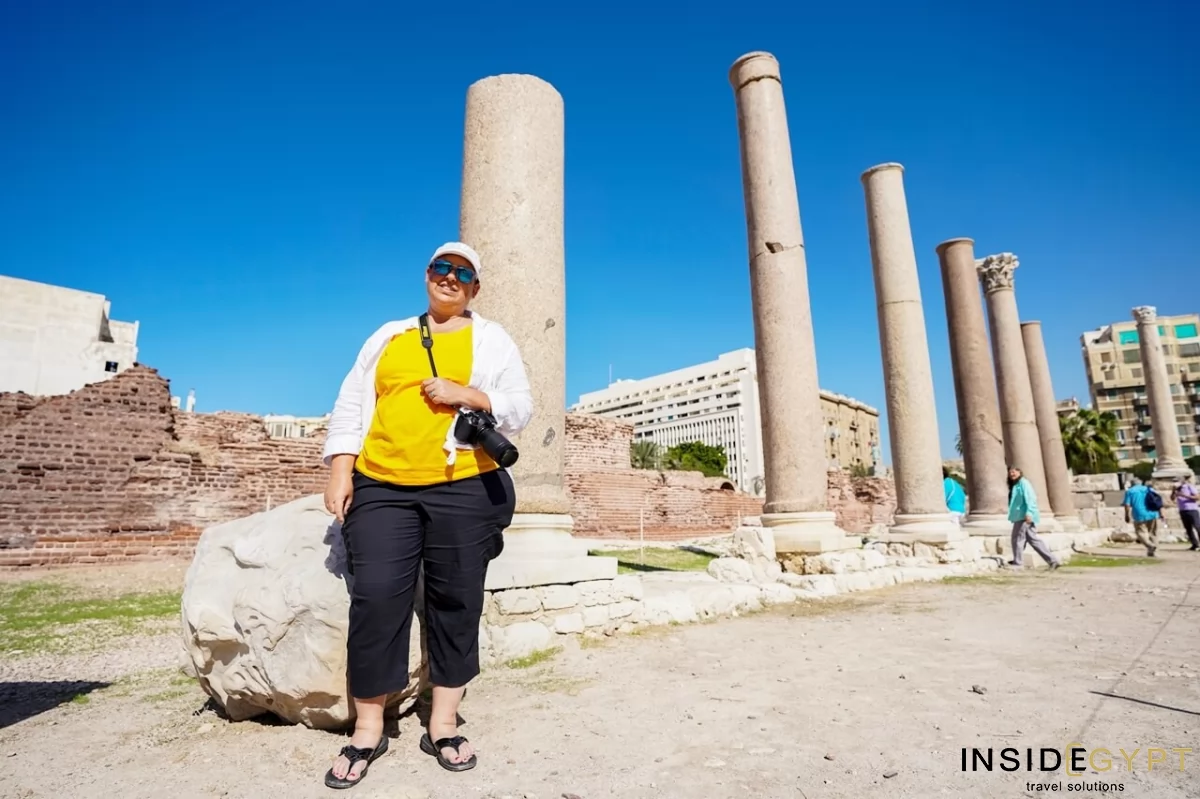Stay updated!
In 2004, a Polish-Egyptian archaeological mission discovered a large complex of preserved lecture halls on the Kom el Dikka hill in the center of Alexandria. They are the only remains of an ancient university to be found in the entire Mediterranean. Polish archaeologist Grzegorz Majcherek (Center of Mediterranean Archeology of the University of Warsaw), who conducted the research at Kom el Dikka, and his team found 20 rooms, or auditoriums. They are all very similar to each other, they are rectangular in shape, and the arrangement of stone benches for students resembles a horseshoe. In the center of each room there is a semicircular platform with a raised seat, which probably served as a teaching cathedral.
After such a discovery, the function of another building on the site, found in the 1960s, was also revised. Until now, it was believed that it was a theater, today it is considered an Auditorium Maximum. This large lecture hall could accommodate 800 students. The seats intended for them were Italian marble.
The research on Kom el Dikka hill is carried out by Poles, thanks to whom the archaeological park was created. Research work was initiated by Kazimierz Michałowski (1901-1981). It turned out that ancient buildings rest under a thick layer of modern buildings. Archaeologists have found that in the Greco-Roman Period (4th century BC - 7th century AD) it was the urban quarter of southeastern Alexandria. In the northwest corner of the fenced archaeological park are public baths from this period. They are easy to spot due to the red bricks that they are made from. The system of swimming pools and water distribution pipes is well preserved. There were houses, shops and rich villas around the bathhouse, and unfortunately, they are only fragmentarily preserved. The Villa of the Birds needs to be seen because of its beautiful floor mosaic, which shows, among others, pigeons, peacocks, quails and parrots.
Explore this and more with expert Egyptologists from Inside Egypt! Book Your Egypt Vacations!









